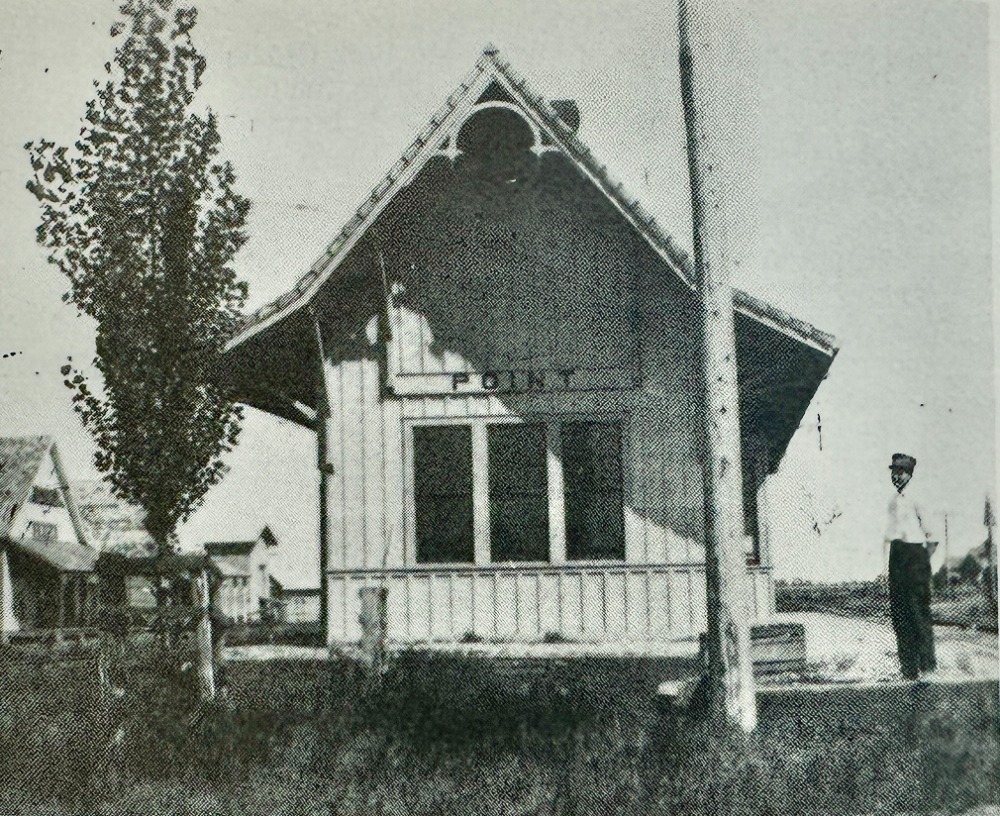About Us
Point Texas:
Deep Roots. Bold Spirit.
Well before settlers came to the region that would later be known as Rice’s Point, it was a vital hunting territory and homeland for multiple Native American tribes, especially the Caddo. The area was recognized for its rich soil, abundant wildlife, and its position among various early trade routes. By the mid-1800s, following the coerced displacement of indigenous tribes and the continuous westward movement of American settlers, the area evolved into open territory, largely unrecognized by official townships but cultivated and utilized by pioneering homesteaders.
Before it officially became a town, the region was mainly open ranches and cotton fields. Settlers arrived seeking land, opportunities, and the hope of an improved life. A specific family would establish the groundwork for the town's name and future.
Rice’s Point was officially established in 1880 when Thomas B. Rice, a notable rancher, land surveyor, and civic-minded pioneer, contributed part of his land for the creation of a town square, post office, school, and church. Rice imagined a community founded on common values, beliefs, family, and independence.
Situated at a natural “point” of convergence for trade routes and ranching paths, the name Rice’s Point gained widespread acceptance by 1882 when the initial post office was officially established under that name. The town rapidly developed into a small community with a blacksmith shop, general store, cotton gin, and grist mill. By the late 1800s, a railway running close to the region promoted trade, and Rice’s Point emerged as a center for local farmers and ranchers transporting their products to bigger markets.
As the town grew and formalized services like mail delivery, the U.S. Postal Service, and railroad officials encouraged shorter, more practical names for towns to avoid confusion and streamline communication.
Around 1893, the name was officially shortened to Point when the post office dropped “Rice’s” from its name. This change was likely influenced by both practicality and a regional trend to simplify town names during the era.
The change didn’t erase the legacy of Thomas Rice or the town’s original identity simply adapted the name to reflect the evolving character and needs of a growing Texas community.
The early 1900s brought slow but steady growth. Despite the Great Depression and two world wars, the people of Point remained resilient. The town’s first school district was formalized in 1913, and by the 1940s, electricity and running water became common in most homes. Though small in population, Point never lacked pride, with its annual harvest festival drawing crowds from all over Rains and Hunt Counties.
During the mid-20th century, many rural Texas towns dwindled, but Point held on thanks to its strong sense of community, family farms, and eventually, small businesses that served the surrounding areas. In 1966, a volunteer fire department and a police department were created, and the town officially incorporated to protect its resources and create local governance.
Today, Point, Texas, remains a small but vibrant town of around 985 residents. It stretches across 2.78 square miles and features essential amenities that serve both locals and visitors. A gas station, a laundromat, local restaurants, a USPS office, a car lot, Dollar General, a storage facility, and even a snow cone truck now call the town home. These may seem simple, but they represent the heart of rural American living.
The town is governed by a dedicated city council. City employees, the Point Police Department, an active fire department, and community volunteers work together to ensure safety, order, and progress.
Recent years have seen a push for development while preserving the town’s charm. Events like National Night Out, community festivals, and local fundraisers continue to bring people together. A new Public Information Officer and a revitalized city vision show promise for smart, community-centered growth.
While Point may never rival major cities in size, its projected growth is focused on quality, not quantity. Efforts are being made to improve public infrastructure, welcome small businesses, and invest in parks, community spaces, and family activities. There is also renewed emphasis on heritage—restoring historic buildings, honoring the founders, and teaching the next generation the importance of legacy.
From its humble beginnings in 1880 to the tight-knit town it is today, Point stands as a symbol of enduring Texas spirit—resilient, proud, and always moving forward.
Today, while it’s officially Point, Texas, many long-time residents and local historians still honor the memory of Rice’s Point and the legacy behind the name.
By: Cpl. Javier Chaparro #214

Historical Point

